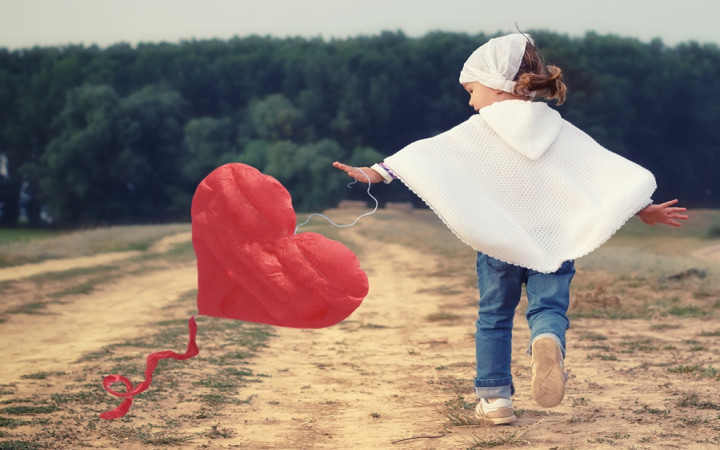Today’s Wonder of the Day was inspired by Heather. Heather Wonders, “How did the heart turn into a symbol of love?” Thanks for WONDERing with us, Heather!
How can you tell when Valentine's Day is approaching? All those red heart-shaped boxes of chocolate in the store aisles are a good clue! Speaking of heart-shaped, are those boxes of chocolate actually shaped like the heart inside your chest?
As it turns out, the traditional shape of a heart doesn't bear a very close resemblance to your real human heart. Some believe it resembles a cow's heart, but even those people will admit that the resemblance isn't very strong.
Others believe that the human heart may have been the inspiration for the traditional heart shape, since philosophers from ancient times have equated the human heart with the center of emotion. Perhaps these ancient philosophers simply took the shape of the human heart and made it more attractive.
Still others believe the traditional heart shape may have come from the shape of the seed of the Silphium plant. Widely used in North Africa as a seasoning thousands of years ago, this plant is now extinct. Historians believe it did play a big role in the economy of ancient Egypt, and its distinct heart shape was used often on coins.
Whatever the source of the modern heart shape, today that shape represents love and strong emotion. This is only appropriate, given how important the heart is to the human body.
Your heart is a muscle about the size of your fist. Located just a bit to the left of the middle of your chest, your heart muscle constantly contracts to pump blood throughout your body.
It's actually like two pumps in one. The right side of the heart receives blood from the body and pumps it to the lungs. The lungs refresh the blood with oxygen. The left side of the heart then receives the blood from the lungs and pumps it back out to the rest of the body.
Your heart is made up of four chambers: two on the top (called atria) and two on the bottom (called ventricles). They're separated by a thick wall of muscle called the septum. The atria and ventricles work together. The atria fill with blood returning from the body or the lungs, while the ventricles push out the blood to the lungs or the rest of the body.
Special valves in the heart open up to let blood pass through and then quickly close to keep blood from flowing backward. These valves keep your blood constantly pumping forward in the same direction.
As your heart pumps blood through your body, it travels through blood vessels called arteries and veins. These blood vessels, along with your heart and lungs, make up your body's circulatory system. Your circulatory system transports blood full of oxygen and other important nutrients to all the areas of your body that need them.




